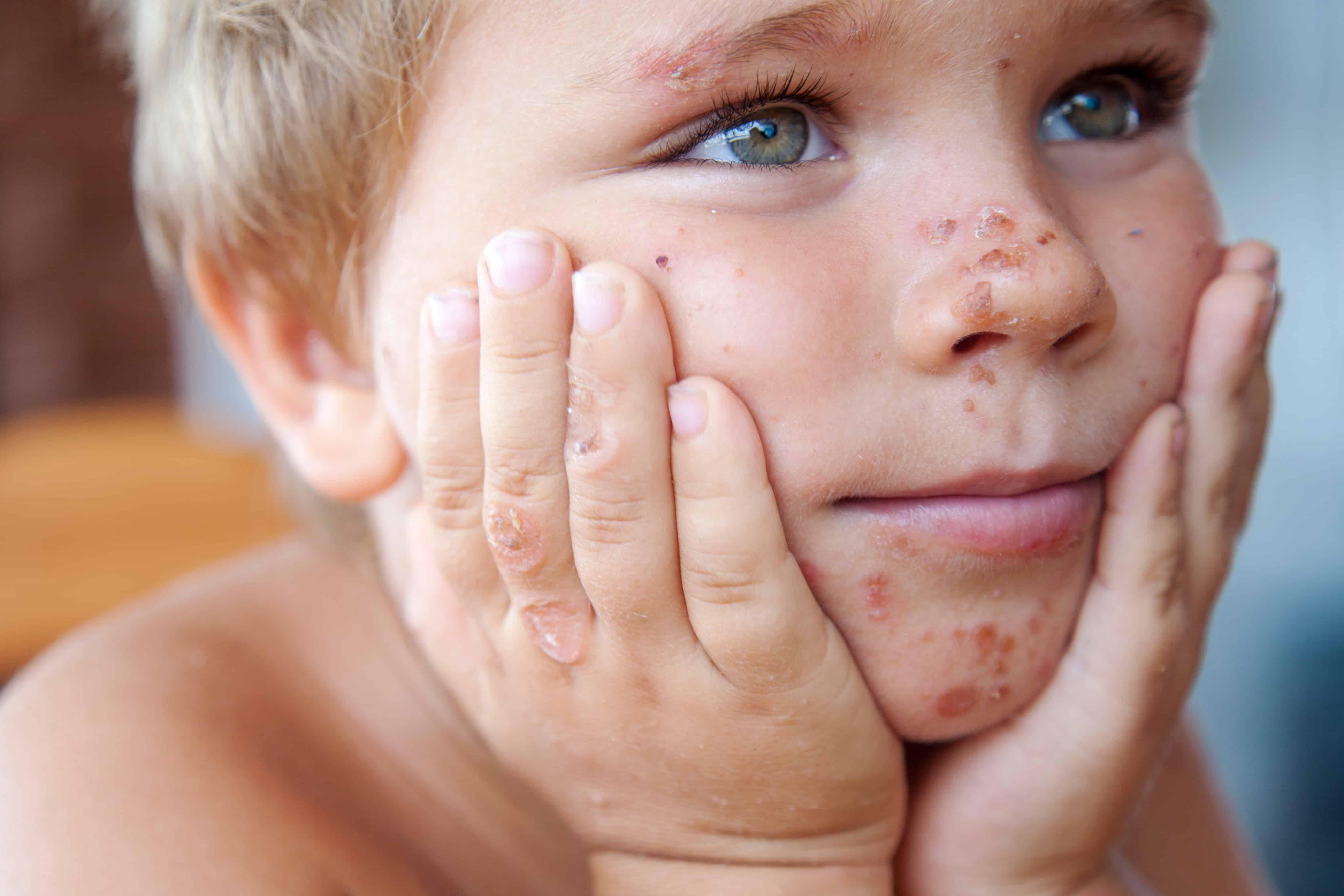Skin diseases not only hurt a person physically but also emotionally. Flaws or irregularities on the surface can deliver a crushing blow to one’s mental resilience deep inside. While some skin conditions can be very serious, others may not warrant immediate visits to the dermatologist. That said, one should never take their supposed trivial skin diseases lightly as they can worsen over time.

The fault in our skin diseases
Many take their skin changes lightly especially if they do not cause any disturbing symptoms. Such an attitude is understandable as it is natural to think that something is serious only if it causes pain or functional problems. Then, we tend to ignore it for a while and wait for it to go away. If it’s no longer there, it’s no longer a problem, correct?
However, such an algorithm is ill-advised as prolonged disregard can escalate ‘trivial’ into ‘terrifying’ very quickly. Failing to address some common skin problems for too long can lead to unwanted consequences. Below are some trivial skin diseases that can deteriorate horribly without adequate medical treatment.
Moles
They are celebrated by few, despised by some and largely ignored by many. Unless they are in the facial area, they are often covered underneath our outfits. It’s not exactly a skin disease but this common skin feature can be an important indicator to a more sinister problem – skin cancer (melanoma).
A typical mole is usually an evenly coloured brown, tan or black spot of varying sizes on the skin. It can appear anywhere and may be slightly embossed compared to the surrounding skin. Though some moles can be present at birth, most appear during childhood or adolescence. However, should they start to appear later in life, it’s worth having yourself examined by the doctor as they could be malignant.
Beyond the sudden appearance of new skin moles, you should also pay attention to existing ones. Changes to existing skin moles can also indicate the presence of skin cancer. Luckily, there’s an ABCDE rule to help you assess your skin mole. Here’s what the rule looks like:
Asymmetry: Compare one half of any mole or birthmark, to see if it matches the other.
Border: Note if the edges are irregular, ragged, notched, or blurred.
Colour: Examine if the colour is consistent throughout. Different shades may be visible and they include brown or black, or sometimes with patches of pink, red, white, or blue.
Diameter: Measure to see if the spot is larger than 6 millimetres across (about ¼ inch – the size of a pencil eraser), although melanomas can sometimes be smaller than this.
Evolving: Assess the mole from time-to-time to see if it is changing in size, shape, or colour.
If you notice any drastic changes to any of the above, be sure to consult a doctor immediately as it could be a red flag for something a lot worse.
Seborrheic dermatitis
Seborrheic dermatitis (SD) refers to chronic inflammation of the skin that causes the formation of scaly patches, red skin and dandruff. It usually occurs in the scalp but it can also appear in other places such as the beard, eyebrows, chest, mid-face (on the sides of the nose) and ears. For some, dandruff and itchiness aren’t that bothersome to them. However, drying of the skin and prolonged scratching may break the skin’s integrity, opening the possibility for secondary bacterial infection. This situation can cause an increase in redness, production of exudate and local irritation.
In fact, SD can be more than just itching, redness and scaly skin. Just like an evolving mole, SD can be an indicator of a more serious disease. Studies have found that this skin condition is more prevalent in immune-compromised patients such as HIV/AIDS patients. Most people who have been infected with the virus rarely experience any signs and symptoms in the first 5 years. This causes them to believe that they are healthy – running the risk of transmitting the virus to others. Therefore, take heed of the early warning signs of SD and visit a doctor immediately to have yourself properly screened, especially if you have other risk factors such as sexual promiscuity and use of intravenous drugs.
Acne
Acne, also known as acne vulgaris, is a skin condition that occurs when your hair follicles become clogged with dead skin and oil (sebum), leading to inflammation. The oil-producing glands under your skin are called sebaceous glands, while the holes in your skin are called pores. The hair follicle is what connects your pores to the sebaceous glands. An inflammation would occur due to the colonisation of the clogged hair follicles by Cutibacterium acnes (C. acnes) bacteria.
Acne can affect the facial area, shoulders, back and chest. For the most part, acne deals a bigger blow to one’s self-esteem compared to their physical health. In the long run, unaddressed acne problems can lead to visible and long-term scarring. This exacerbates the self-esteem problem and predisposes a person to social anxiety, panic disorder and depression.
Leaving your acne problem untreated can also be life-threatening. The area from the corners of the mouth to the bridge of the nose, including the nose are considered high-risk areas. This is because the venous system underneath these parts does not have a valve, which opens the possibility of bacterial infection from the overlying skin to spread to the brain. From there, it can deteriorate further to meningitis, cavernous sinus thrombosis to even brain abscess.
In conclusion, the skin can definitely tell a lot about what’s going on deep inside our bodies. As trivial as the aforementioned skin diseases may appear or be perceived, you should always remember that a stitch in time saves nine. Consult your dermatologist immediately if you experience any worrying visible signs on your skin.
Hello Health Group does not provide medical advice, diagnosis or treatment.
[embed-health-tool-bmi]



















